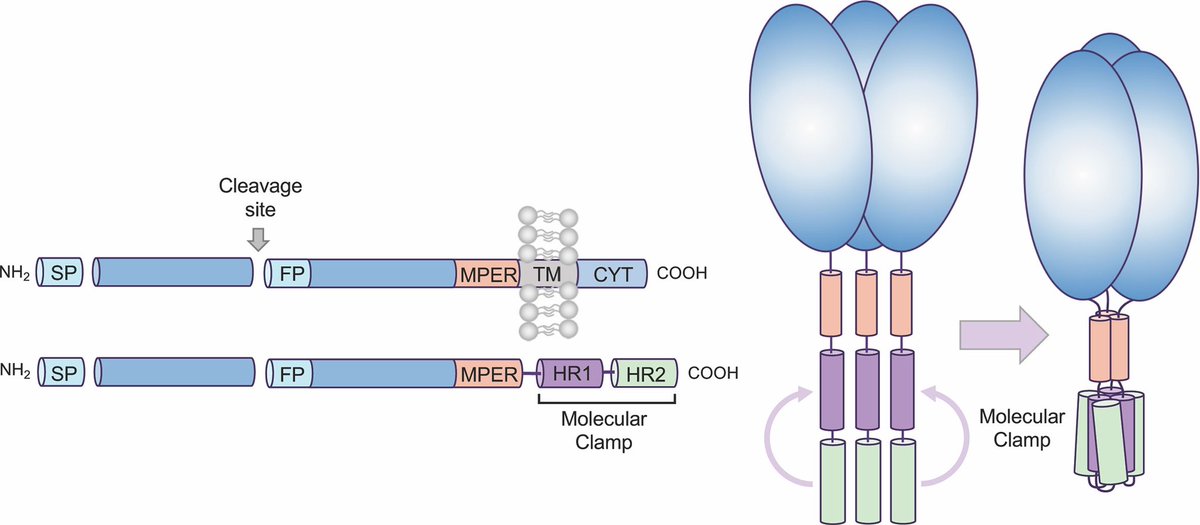This is a real shame, and will no doubt cause a lot of confusion. These patients were never infected with HIV, or ever came close to anything resembling live HIV virus...  https://www.smh.com.au/politics/federal/australian-covid-vaccine-terminated-due-to-hiv-false-positives-20201210-p56mju.html
https://www.smh.com.au/politics/federal/australian-covid-vaccine-terminated-due-to-hiv-false-positives-20201210-p56mju.html
 https://www.smh.com.au/politics/federal/australian-covid-vaccine-terminated-due-to-hiv-false-positives-20201210-p56mju.html
https://www.smh.com.au/politics/federal/australian-covid-vaccine-terminated-due-to-hiv-false-positives-20201210-p56mju.html
This vaccine relies on a “molecular clamp”, a kind of scaffold that presents the spike protein in the right shape for the immune system to make antibodies against.
To make this scaffold, little parts of gene sequence with known functions from various sources (including other viruses) are assembled to make a new genetic sequence - a bit like molecular Lego 

That stitched together gene sequence is read by a molecular machine that “translates” it into protein, which is then used to make the vaccine. When injected, that protein stimulates our immune system to make a suite of antibodies against it and hence protect against the virus
Occasionally, our immune system generates antibodies against the fragments of scaffold protein that were derived from bits of HIV gene sequence.
But some HIV screening tests work by detecting these antibodies, so it looks like a positive test, even though no HIV was ever present.
But some HIV screening tests work by detecting these antibodies, so it looks like a positive test, even though no HIV was ever present.
Scientists developing this vaccine knew it was a chance this might happen, which is why they were even looking for it in the trials.
The whole thing highlights a few important points:
1. It’s prudent to pursue multiple strategies in situations like this
2. Our immune system is a wondrous thing
3. It pays to try and consider all possible clinical complications at the earliest stages of development
1. It’s prudent to pursue multiple strategies in situations like this
2. Our immune system is a wondrous thing
3. It pays to try and consider all possible clinical complications at the earliest stages of development
4. If anything, this should increase confidence in the vaccine development process. This is how how science works, this is why we do trials. We’re just not used to watching it play out under the spotlight in real time

 Read on Twitter
Read on Twitter


